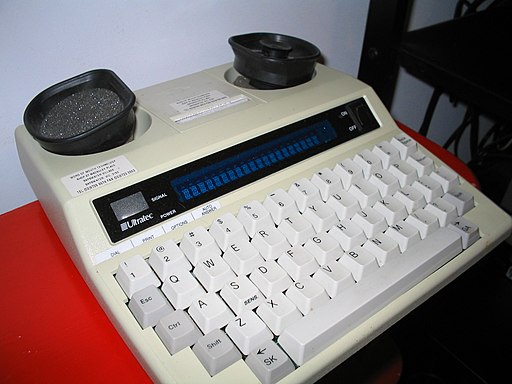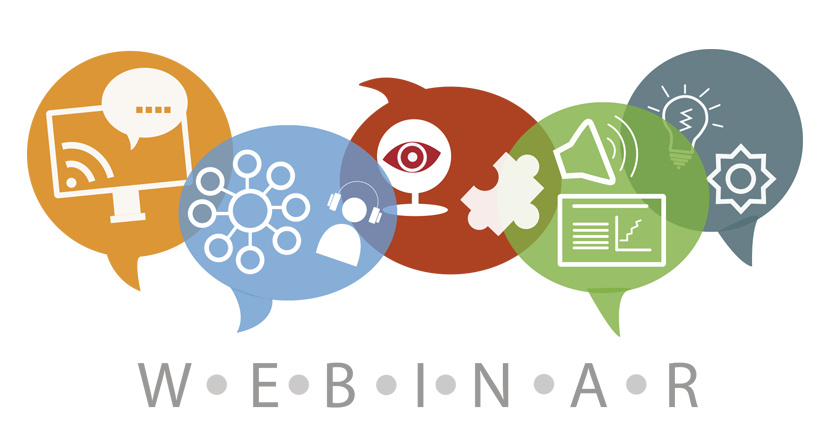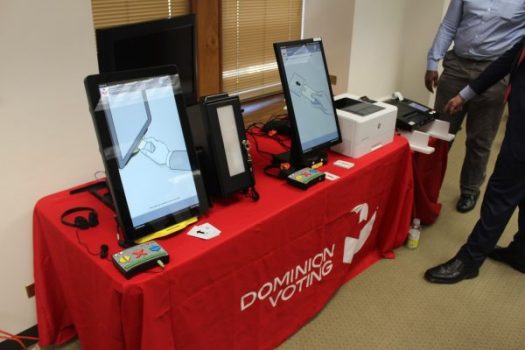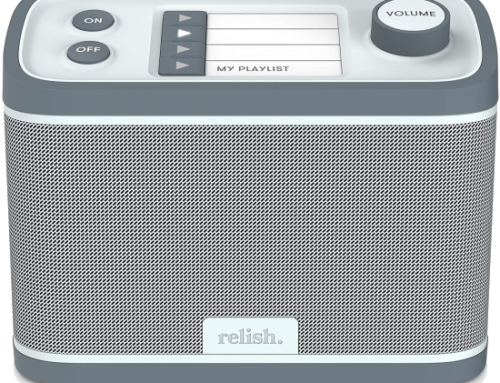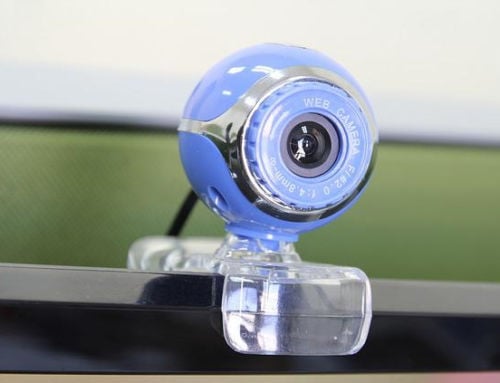Speech Disability? Make Calls with Speech-to-Speech Relay
Bob Segalman founded exactly the service he needed. Now thousands of Americans make phone calls independently and many more need to know they can.
Photo credit: Maxpixel
Several months ago we published AT for Stuttering as part of our AT Tips for Employment series. That post explains common characteristics of this communication disorder and some assistive technology (AT) products that have been effective for persons who stutter. Soon after we heard from Sara Sack, Director of the State AT Program in Kansas (and member of the Speech Communications Technology board). She suggested we expand on the topic of AT for speech disabilities by highlighting Speech-to-Speech Relay and its founder, Bob Segalman.
First things first: what is relay?
Telecommunication Relay Service (TRS) was originally developed as a service for persons who are deaf or hard of hearing to make a phone call to a hearing party (and vice versa). It is also used by persons with speech disabilities. Historically, callers used a TTY (teletypewriter) device to type and receive written messages relayed by the service. Although TTY devices are rarely used any longer, videophones, captioned telephones, and apps, are all popular technologies used with relay to make voice calls to people who use regular phones. Nationwide, the service is accessed by dialing 7-1-1.
How does relay work?
All forms of relay connect callers to a relay operator (RO) who relays typed (or signed) messages from a person with a disability to a hearing person. The RO reads these messages aloud and types (or signs) spoken responses from the hearing party back to the caller with a disability. The service is completely confidential, as required by the FCC.
Additional forms of relay include Voice Over Relay and Hearing Over Relay. These allow a person with a disability to use their own voice or own hearing, as desired, while still receiving assistance with communication. After all, some callers speak but do not hear, and some hear, but do not speak or speak clearly. (Read about all forms of relay.)
What makes Speech-to-Speech Relay (STS) different?
Not everyone with a speech disability can or wants to type in order to make a phone call. With Speech-to-Speech Relay (STS), users who do not type or speak intelligibly can call anyone using a landline or a mobile phone without specialized equipment.
“I now feel I can make telephone calls to strangers independently, so I can get my ideas across and my needs met. There is no feeling more empowering than knowing I can do this for myself.” — Andy Fitzenrider, an STS user who stutters
As with other forms of relay, STS connects users with a trained relay operator to help facilitate a call between two parties. In this case, the operator is a skilled listener who can re-voice what is said by persons with speech disabilities to improve comprehension.
Relay participants take turns speaking and say “go ahead” when they complete their responses. Anyone can use STS for assistance, and some users of speech-generating devices call the service to help assure the party understands they are not a robocall, takes turns, and has patience with the process.
The need for STS
These days communication options are numerous. People use text, instant messaging, Facetime, Snapchat, etc. in addition to making a conventional phone call.
But as ubiquitous as these options may seem, access to reliable internet and mobile phone reception is often out of reach in rural areas of the US. Regardless, the capacity to make a voice phone call is frequently necessary on the job, or for reaching a doctor’s office, or even just ordering pizza.

Bob Segalman demonstrates what ordering pizza was like before STS relay (image links to YouTube in a new tab)
Bob Segalman’s legacy
STS exists because of the determined efforts of one man with cerebral palsy. Bob Segalman has a Ph.D., but he could not order takeout without frustration. Segalman identified a gap in relay services that affected thousands, and potentially millions of US residents. His legacy is STS.
Segalman came up with the idea in 1989 while using traditional relay to call a friend who is deaf. He discovered the operator could understand him despite his speech impairment. “The relay operators were generally young, patient people with good hearing, so they understood me well,” he explained in an email.
Segalman began advocating for the service. By the mid-1990s the United Cerebral Palsy Association passed a resolution in support of STS which led to service trials in Missouri and California. Segalman lobbied the California Public Utilities Commission, visiting the offices of over 100 California State Legislators. By 1999 STS was available 24/7 in twelve states. By 2003 it was nationwide, included in the FCC mandate for 711 access.
Today STS has about 1,000 users in the US and similar services now exist in Australia, New Zealand, Sweden, and Finland. “But more people with speech disorders need to know about STS,” Segalman says. There are, after all, over 3 million people in the US who stutter alone (according to the National Institutes of Health). Segalman is advocating for young people with speech impairments to learn to use STS while in high school and include the skill on their IEPs.
Segalman founded Speech Communications Assistance by Telephone, Inc. (SCT) in 2005 (now Speech Communications Technology) to work for regulations to improve communication assistant performance and to provide outreach and training to persons with speech disabilities.
“Somebody has to keep after the FCC and the 50 different state Public Utility Commissions to make sure regulations are in the consumers’ interest and that quality of services remains high,” he says. The organization is consumer-driven and national.
Since the organization’s founding, STS has expanded to include Video-Assisted STS Relay, the subject of our next post (stay tuned!)
Are you interested in learning to use STS relay? Check out these training videos created with Bob Segalman:
Speech-to-speech (part 1)
Speech-to-speech (part 2)
Telephone Access for AAC Users
More resources:
Speech-to-speech User Guide from the FCC
Find your state’s telecommunications equipment distribution program (free equipment to qualified persons with disabilities)
iCanConnect (a resource for telecommunications access for qualified persons with both vision and hearing loss)
Monthly Blog Digest
Search the blog
State AT Program Blogs
California
Florida
Indiana
Kentucky
Louisiana
Maryland
Massachusetts
Michigan
Montana
North Carolina
North Dakota
Utah
State AT Program Blogs
The AT3 Center, the Association of AT Act Programs (ATAP), and the Administration on Community Living (ACL) make no endorsement, representation, or warranty expressed or implied for any product, device, or information set forth in this blog. The AT3 Center, ATAP, and ACL have not examined, reviewed, or tested any product or device hereto referred.

